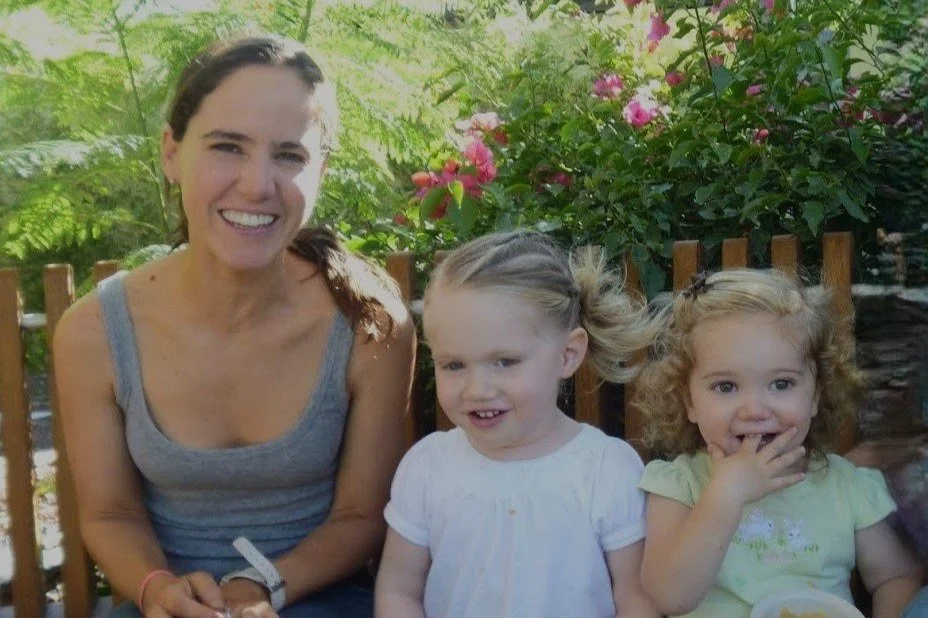The Benefits of Moving the Montessori Way
by Adriana de Alba
This fall, OneSpace is excited to present a dynamic program focused on movement through Montessori principles, led by Adriana De Alba. Adriana holds a diploma as a Montessori Guide for 3 to 6-year-olds from The Association Montessori International (AMI) in London, England, and received training under Dr. Silvana Montanaro, recognized as Maria Montessori's intellectual successor.
The Power of Movement in Montessori Education: Nurturing Your Child's Development
As parents, we marvel at our children's constant movements – from their determination in landing those first wobbly steps to their enthusiastic exploration of the world around them. But did you know that this movement is not just a sign of youthful energy, but a crucial component of your but a crucial component of your child's cognitive and emotional development?
With each new movement your child's cognitive and emotional development blossoms. Let's dive into the Montessori perspective on movement and how it shapes young minds.
The Absorbent Mind and Movement
Dr. Maria Montessori, the founder of the Montessori method, believed that movement and cognition are closely intertwined. She introduced the concept of the "absorbent mind," which suggests that children have a unique ability to absorb information from their environment through their senses and experiences.
In Montessori theory, movement is seen as a bridge between the physical and psychological aspects of a child's development. It's not just about physical growth; it's about:
Developing willpower
Building self-esteem
Independence
Exploration and adaptation
The Sensitive Period for Movement
Between 18 months and 3 years, children enter what Montessori called the "sensitive period for movement." During this time, toddlers are particularly receptive to developing control over their bodies. You might notice your little one:
Striving to stand and walk independently
Attempting to dress themselves
Showing interest in household tasks
These are all signs that your child is in this crucial phase of development.
Creating a Movement-Friendly Environment
As parents and caregivers, we can support this natural development by creating an environment that encourages purposeful movement. Here are some ideas:
Invite participation in household tasks
Let your child help with sweeping and tidying up. Bonus points: Rinsing dishes counts as water play! Just keep the mop on hand for those early attemptsEncourage self-dressing
Provide easy-to-manage clothing to promote independence. Scaffold learning by working on one item of clothing at a time. Parents often start with pulling pants up and down to complement potty training effortsOffer movement-based activities
Dancing, hopping, and stretching. Use songs to encourage movement and get involved in the play for an added bonding experience



